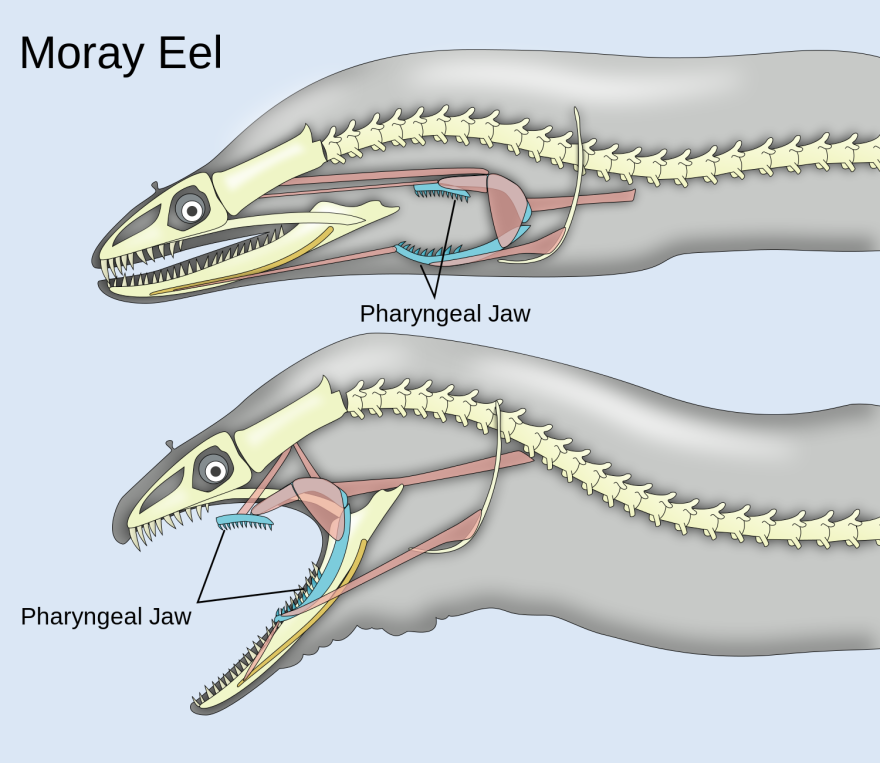Have you ever wondered how monsters are created? Hollywood depictions of things like dragons and aliens may seem like the farthest thing from reality, but it turns out that movie monsters are often firmly rooted in the very real sciences of paleontology and comparative anatomy.

The best monsters have roots in the real world, even if it is one from a long time ago or a remote part of the planet. At least that's how Dr. Benjamin Burger, a professor at the Uintah Basin Campus of Utah State University, sees it. For instance, the the double-set of chompers on the alien from the eponymously titled film, are actually loosely based on the mouth or the moray eel.
“Eels have a jaw that basically is formed in the throat. And that jaw is important for capturing fish and bringing them into the mouth very quickly so they can’t escape. So the Moray eel has two sets of jaws. In the Alien movie they played around with that a lot - they have like jaws that can come out the mouth," said Burger.
Never without his iconic glasses and wide-brimmed fedora, Burger’s teachings spill outside his classroom where he uses his YouTube channel to simply but earnestly educate about the origins of mammals.
Burger believes the most realistic monsters are firmly established in functional morphology and a detailed study of the anatomy of both living and extinct animals. In other words, he’s interested in using real science to bring fantastic beasts to life. Take dinosaur feathers, for instance.


“One of the interesting things that’s kind of fascinating is that we’ve been able to identify the color of some dinosaurs for the first time," said Burger. "There’s different shapes according to different colors when we look at modern feathers. So they noticed that when they examined these ancient feathers on these dinosaurs that they had the shape of these black, iridescent feathers. So we know that a lot of these small dinosaurs - that were carnivorous they had teeth - were black, sort of like ravens and crows."
At the Utah State University campus in Logan on Friday evening, Dr. Burger will discuss further how artists and filmmakers use the science of paleontology and comparative anatomy to design monsters for films and movies, such as Jurassic Park, Aliens, and Star Wars. His talk will start at 7:00 PM in the Eccles Science Learning Center, room 130.
You can hear more from Benjamin Burger on YouTube and Twitter.








